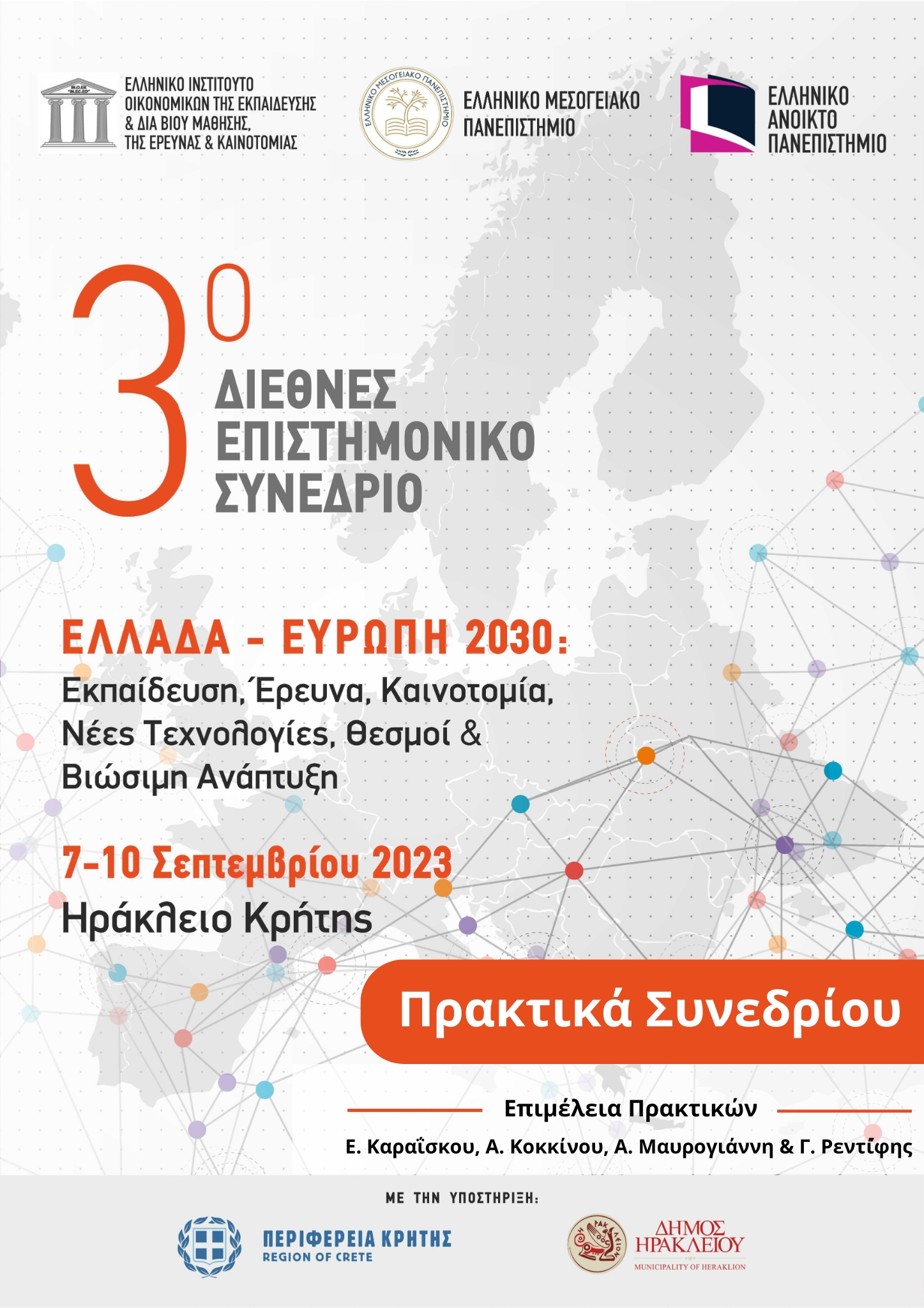Testing for Screening using vocational skills: The case of upper secondary general and vocational education in Greece

Περίληψη
Abstract
The paper examines if upper secondary education acts as a filter in the private sector of the Greek labor market and tests both the «strong» version and the «weak» version of the screening hypothesis. The paper uses the method of Mincerian earnings function with an interaction term on years of education or training and experience in labor market. The data has been collected through primary research and include employees who are graduates of upper secondary, general and vocational education and lower secondary education (control group) and they are working in the private sector. Applying the method reveals that for the employees in the private sector (Total data) who are holders of an upper secondary education diploma (general and vocational) and lower secondary education diploma the criteria of the weak version are met. Particularly, per gender and in above educational cases, the results are statistically significant for females and show that is valid the weak version. As concerns the males, the results are not statistically significant.
Λεπτομέρειες άρθρου
- Ενότητα
- Εισηγήσεις

Αυτή η εργασία είναι αδειοδοτημένη υπό το CC Αναφορά Δημιουργού 4.0.
Οι συγγραφείς των άρθρων που δημοσιεύονται στα πρακτικά του συνεδρίου για την «Εκπαίδευση, Δια Βίου Μάθηση, Έρευνα και Τεχνολογική Ανάπτυξη, Καινοτομία και Οικονομία»διατηρούν τα δικαιώματα πνευματικής ιδιοκτησίας επί των άρθρων τους. Άρθρα που δημοσιεύονται στα πρακτικά διατίθενται με άδεια Creative Commons 4.0 και σύμφωνα με την άδεια μπορούν να χρησιμοποιούνται ελεύθερα, με αναφορά στο/στη συγγραφέα και στην πρώτη δημοσίευση για μη κερδοσκοπικούς σκοπούς και με δικαίωμα τροποποίησης μόνον με παρόμοια διανομή (αν αναμείξετε, τροποποιήσετε, ή δημιουργήσετε πάνω στο υλικό, πρέπει να διανείμετε τις δικές σας συνεισφορές υπό την ίδια άδεια όπως και το πρωτότυπο)

